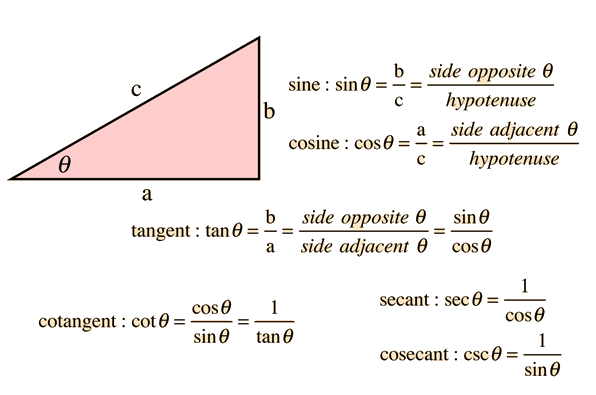Trig Graphs relate to the Unit Circle. We must consider the fact that in trig graphs, the Unit circle is expanded into a line form, instead of a circle form, in order to make sense in a graph.
*A period means the graph goes through one cycle while covering certain radian units on the graph. An amplitude are half the distance between the highest and lowest point of the graph.
*Periods.
For instance, sine, cosine, cosecant, and secant have a period of 2 radians. This is because it contains a 4 part repeating unit all the the way around the unit circle (360 degrees=2 radians). This is shown in the unit circle when we look at the pattern of where the sine and cosine are positive and negative.
Sine is positive on Quadrant I and II and negative on Quadrant III and IV. The pattern is positive positive negative negative. And it continues, but we must realize we had to go all around the unit circle in order to continue the pattern. The same with cosine, whose pattern is pattern is positive negative negative positive. The pattern continues but only have we went around the unit circle. Again, around the circle means it is 2 radians.
In contrast with tangent and cotangent, which have a period of only 1 radian. This is because they only have a 2 part repeating unit which just reaches half way through the unit circle at 180 degrees=1 radian until it repeats again. The pattern is positive negative positive negative all around the unit circle. There was one repetition in pattern so the pattern continues every 1 radian.
*Amplitudes
Sine and cosine have amplitudes because they are the ones with the restriction: -1<sine or cosine<1. This means that their highest point is 1 and its lowest point is -1. Relating to the unit circle, we know that the lowest it goes it to -1 and the highest it goes is to one (remember a unit circle has a unit of 1 all around) The sine an cosine ratios are y/r and x/r. The highest the y and x values could be is 1 and the lowest they can be is -1. ("r" is the ration equals to one).
The other trig functions instead go up forever or down forever because they do not have restrictions.












